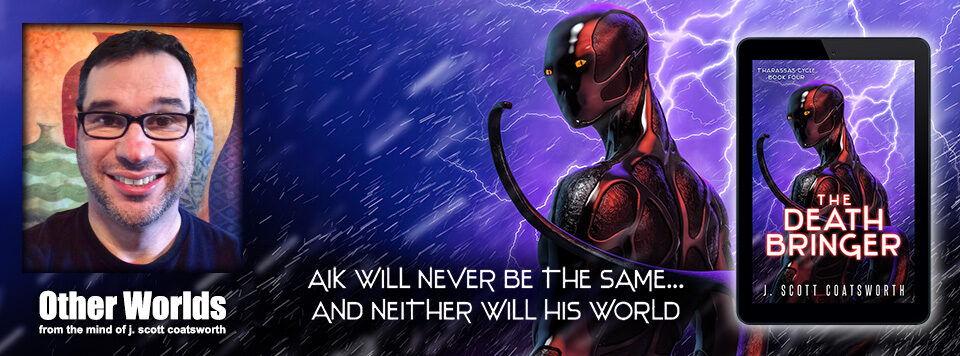
Maybe you were a writing whiz in high school, and finished your first novel before you were eighteen. Or maybe you’re in your fifties (or seventies) and just discovered your great desire to pen fascinating stories that everyone will want to read.
No matter when and where you start, you’ll need to learn the basics before your writing can soar.
There Are (Weird, Contradictory) Rules
The history of writing goes back almost as far as humankind, with ancient civilizations employing cuneiform and hieroglyphs to tell stories and communicate information verbally. And since you’re not (I’m guessing) Mesopotamian, you probably share your own ideas in English and/or other modern spoken and written languages.
These languages have rules. English, especially, has a mess of them, and I do mean a mess. Our tongue a hodgepodge of different languages, something that results in some truly weird thngs.
Ever heard this one?
“What does GHOTI spell?”
It spells “fish.” And before you tell me that’s impossible, consider.
If you use the “gh” from enouGH, the “o” from wOmen, and the “ti” from acTIon, together they form something that sounds very convincingly like “fish.”
Another example… did you know English has a very specific (and complicated) order-of-adjectives rule that applies whenever we use more than one adjective to describe a single noun? I didn’t realize this until an Italian friend asked me why I was putting one adjective in particular before another. I looked into it, and lo and behold, I discovered this:
In English, adjectives must be placed in a very specific order by opinion, size, age, shape, color, origin, material, and purpose. That’s eight levels to remember—no wonder ESL learners have such a hard time with the language.
Don’t believe me? How does “the red big house” sound to your ears? How about “the metal old car”? Like nails on a chalkboard, I’m betting.
I must have learned this in grammar school at some point, because I do it instinctively, though things do get a bit hairy when I get into the four-five adjective territory. But who ever uses that many at once?
My point here is that you need to have a strong grasp of your native grammar before you write (and then submit) your first story. An obvious lack of grammatical skills will get your story thrown right into the rejection bin.
The Letters Go in a Certain Order
You also need to make sure you spel your wirds correctly.
See what I did there? It’s jarring when a word is so clearly spelled wrong.
Few editors will bounce your story for an error or two, but turning in a manuscript with multiple misspellings signals that you are not serious about your craft. And if you don’t take it seriously, why should they do the same for you?
We’re not all good spellers, but there are many tools to help you catch these kinds of errors, as well as various grammatical ones. All the major word processors flag potential issues, and there are a number of add-on grammar apps that can help too.
I also find it helpful to read the story out loud before I submit it. This engages a different part of your brain than typing does, and can help you ferret out misspellings and other errors you might otherwise miss.
Genres: A Conversation Between Readers and Writers
You’ll also need to train yourself to write fiction in your chosen genre. Each one has its own conventions and expectations.
Most of the chapters in this book started out as blog posts, with a very different tone—very casual, very self referential (“in my book x I did y”) because my initial audience was mostly my own adoring fans. Thank you to both of you!
In translating them from blog to non-fiction book style, I had to consider a different audience—writers of all stripes who probably don’t know me from a hole in the ground. And so I adjusted the writing accordingly, removing many of the references to my own works, and adopting a more professional, though still hopefully welcoming, tone.
Similarly, each fiction genre has its own style, expectations and inside jokes—a shared vocabulary built up over decades (and sometimes centuries) of writers and readers sharing ideas. These shift over time as the genres evolve. If you haven’t already, read as many books as you can in your target genre both older works and brand new ones, and get in on that conversation.
Make it Look Pretty—and Professional
Finally, when you’re ready to submit, you’ll need to know the current formatting norms. When I first started writing, about mumble mumble years ago, all submissions were done on paper, sent through the mail. Two spaces were expected between each sentence, italics had to be formatted as underlines, and story needed to be printed in Times New Roman or Courier, fonts that mimicked the old typewriters.
Nowadays, submissions are done almost exclusively electronically, one space between sentences is standard, and only the most diehard of old-school editors still require underlines instead of italics.
Most editors and submission pages will refer you to William Shunn’s manuscript formatting pages—the de-facto gold standard for story formatting. Shunn is a Hugo Award winning author of short fiction who has compiled a comprehensive set of fiction formatting guidelines.
Take a Deep Breath
Does this all sound like a lot? It is, but it’s something you can work on bit by bit as you go. Being a writer is a marathon, not a sprint. You’re reading this because you have a burning desire to be a published author. The first step toward reaching that goal is to write something—to get all those thoughts swirling around in your head down onto the paper in story form—and then put it out there.
Just be ready for the Universe (in the form of beta readers, editors, and your best friend Chloe) to chime in and tell you where you still need work.
Writing is learning, and when you stop learning, your writing stagnates. So open yourself up to the Universe and start writing.
And congratulations! You’re one of us writer folks now, and your life will never be the same.
